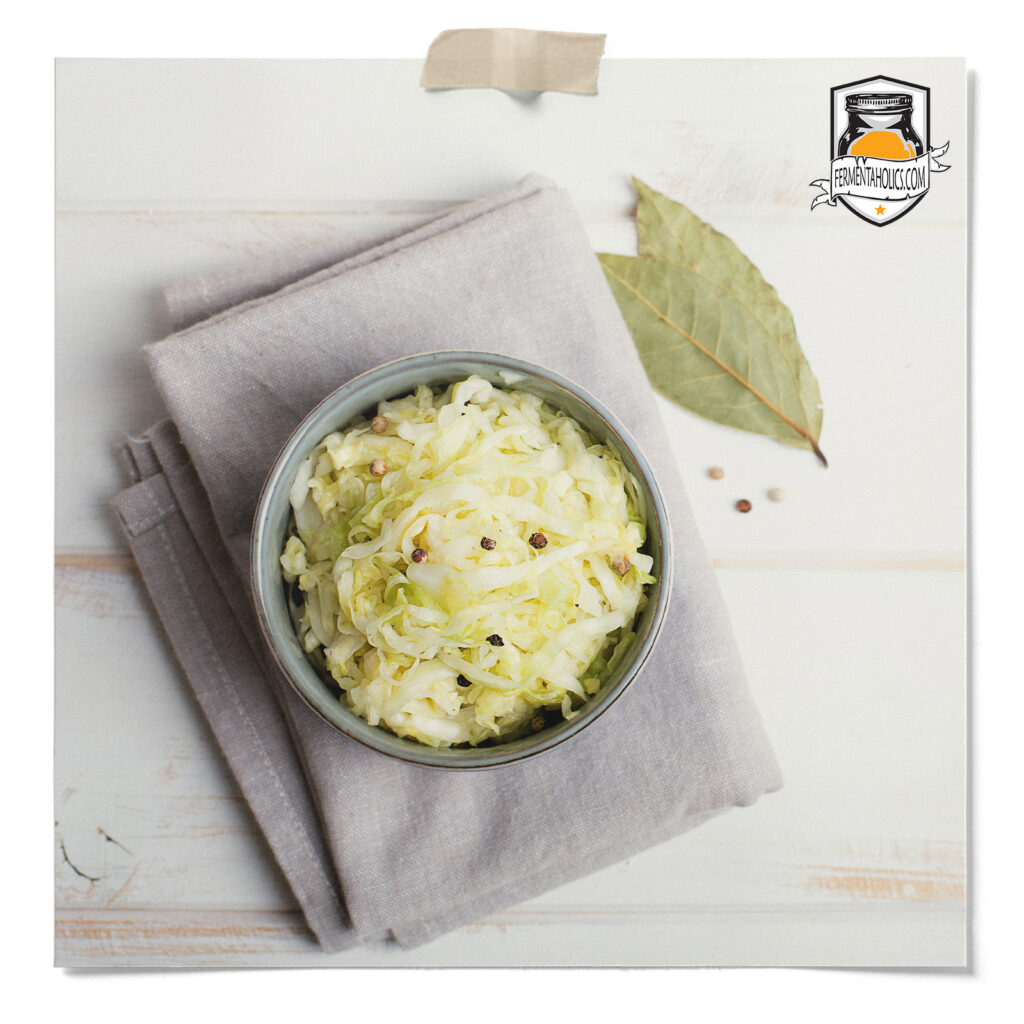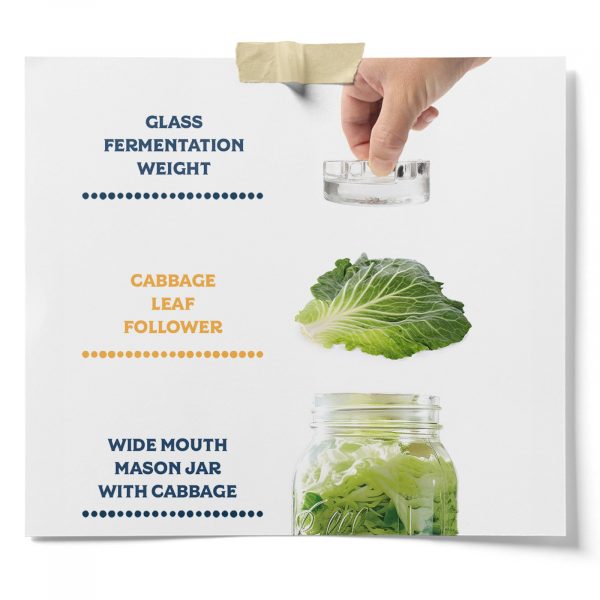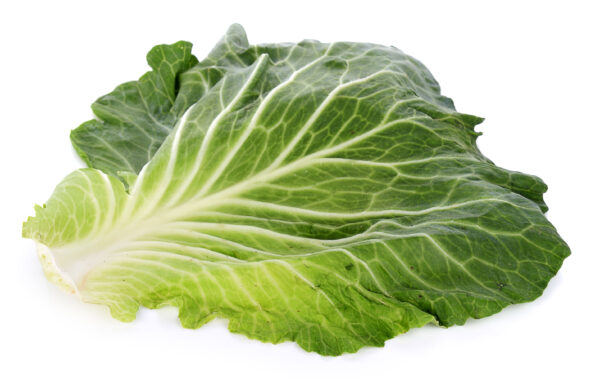
Fermentation has been a cornerstone of food preservation and culinary creativity for centuries. Whether it’s tangy sauerkraut, bubbly kombucha, or savory miso, the world of fermented foods is as diverse as it is delicious. But amidst the bubbling jars and crocks, you might come across the term “follower” and wonder what it means. Let’s dive into the concept of a follower in fermented foods and understand its role in the fermentation process.

In the context of fermented foods, a follower is a tool or method used to keep the fermenting food submerged under its brine or liquid. This is crucial because exposure to air can lead to the growth of undesirable mold and bacteria, potentially spoiling the batch. When vegetables are allowed to float and protrude above the surface of the liquid, it’s no different than putting soggy vegetables on the countertop—it’s only a matter of time before they mold, so they must be held under the brine.

Specifically, a follower is some type of barrier used to trap fermenting foods and ingredients under the liquid brine. Technically, anything used to weigh and hold down ingredients, like a fermentation glass weight, is a follower, but the term is more often used for vegetable leaves placed between the weight and the vegetables. The term “follower” comes from the idea that this object follows the food down as it ferments, ensuring it remains submerged.
Fermentation is an anaerobic process, meaning it requires an environment without oxygen. However, the lactic acid bacteria (LAB) responsible for fermenting vegetables are facultative anaerobes, meaning they can survive and function in both the presence and absence of oxygen. They initially use the available oxygen but quickly switch to anaerobic fermentation, converting sugars into lactic acid. This lactic acid preserves the food and creates the tangy flavor we love in pickles, sauerkraut, and kimchi. If the fermenting food rises above the brine, it can become a breeding ground for undesirables, leading to spoilage or unsafe food.
By keeping the fermenting food submerged, a follower ensures that the environment remains anaerobic, promoting the growth of beneficial bacteria.
There are several types of followers that can be used in the fermentation process, each with its own advantages:
In traditional methods, large cabbage or grape leaves are often placed on top of the fermenting vegetables. These natural followers create a barrier between the food and the air.

These are specifically designed for fermentation jars. They are heavy enough to keep the food submerged and are non-reactive, ensuring they won’t affect the taste of the ferment.
A sealed plastic bag filled with water can act as an effective follower. It conforms to the shape of the jar, providing a good seal and keeping the food submerged.
Often used in ceramic crocks, these followers are mostly custom-fitted to the size of the container and provide even weight distribution across the ferment.
Using a follower is straightforward. Once you’ve packed your vegetables or fruits into the jar and covered them with brine, place your chosen follower on top of the food. Ensure it is properly positioned to keep everything submerged.
When deciding which type or combination of followers is needed, the ingredients and their size will mostly guide you. For example, if you are making large dill pickles, you may just need to use a large glass weight, as it won’t be possible for the pickles to pop up around the glass fermentation weight. On the other hand, if you are making sauerkraut, there are a lot of potential floaties. In this case, you can place a cabbage leaf over the vegetables and then put the glass weight on top. This combination of the “cabbage blanket” with the weight will ensure no small pieces of chopped cabbage in the sauerkraut are allowed to float to the top surface. If using a jar, leave some headspace to allow for the gases produced during fermentation. Then you’re ready to seal the jar or crock and add your airlock lid for the duration of fermentation.
Even with a follower, you might encounter some issues during fermentation. Here are a few common problems and solutions:
Despite using a follower, small pieces might float to the surface. Check periodically and push them back down or add additional weights if necessary.
If mold forms, it’s usually on the surface. Moldy batches are best to discard. Just make sure it is actually mold first and not just kahm yeast.
Sometimes, the brine level can drop. If this happens, add a little more brine (water mixed with salt) to keep the vegetables covered.
We now know that a follower is a crucial tool in fermented foods. It keeps your fermenting food submerged, maintaining the anaerobic environment for fermentation to flourish. If you need a follower, be sure to check out our full range of followers and fermented food supplies. With the right tools, you’ll be able to tackle any issues and create delicious fermented foods every time.
